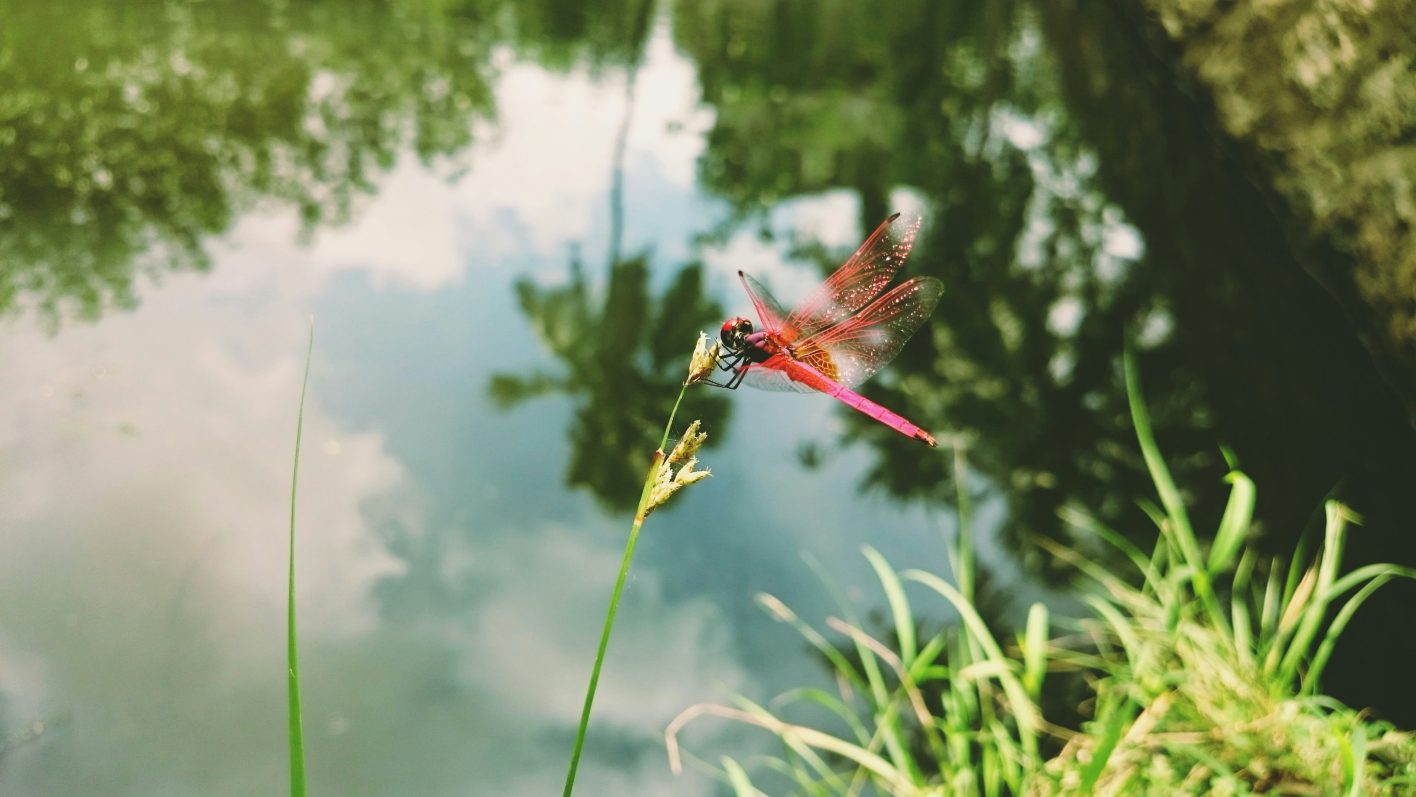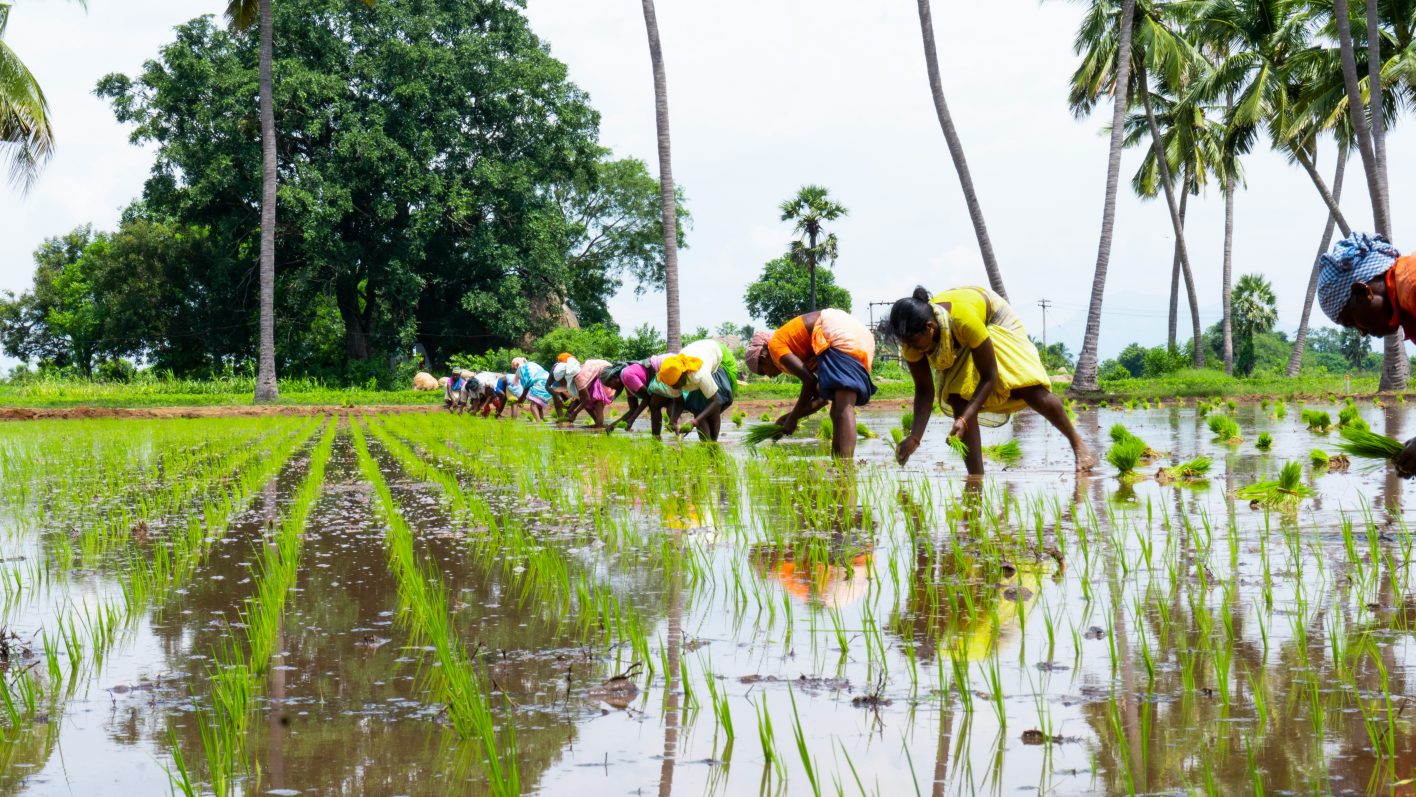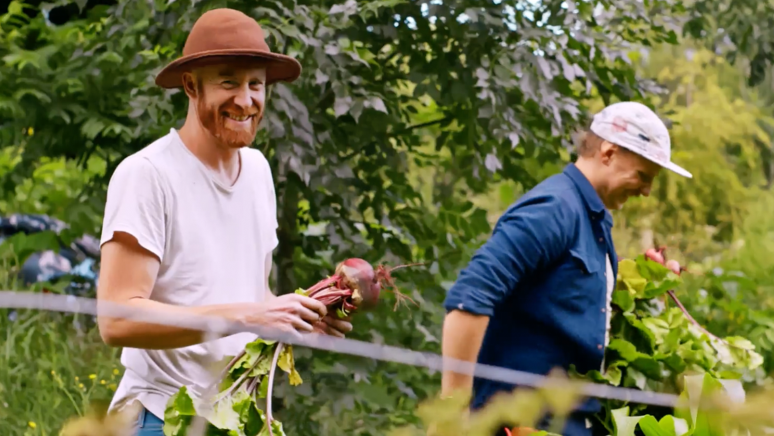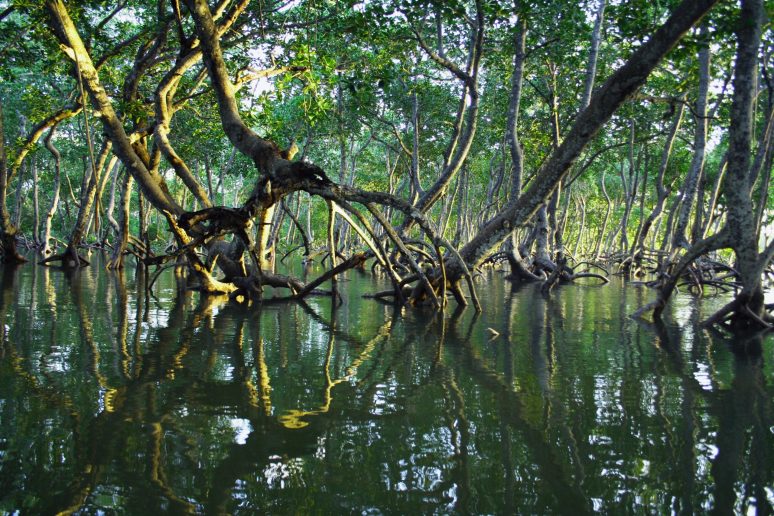
3 Essential Skills to Restore Nature in India
India, with its diverse ecosystems and rich bio-diversity, is grappling with escalating environmental challenges. These concerns require a multifaceted and a ‘grounded-in-context’ approach to restore nature. This essay elaborates 3 essential skills to address these issues: Local ecological knowledge, Community Engagement, and Sustainable Agriculture Practices. These will play a pivotal role in the success of ecosystems restoration in India.

1. Local Ecological Knowledge: Connecting with Nature
Any successful restoration initiative can be executed based on a profound understanding of ecology as it guides in making well-informed decision.
Observation and Curiosity:
Observing plants and animals, changes in weather patterns and natural cycles can easily help people to develop knowledge about their local ecology. They can deepen their understanding of their local environment through regular observation.
Local Flora and Fauna Identification:
Field trips and field guides, awareness workshops, online resources and the help of technology can help individuals and focused groups learn to identify common plants and animals in their area. This familiarity lays the groundwork for understanding local ecosystems and further knowing how to restore one.
Participatory Learning:
Community-led initiatives such as nature walks, bird-watching groups, or local conservation events can provide opportunities for collective learning. People can share their observations and experiences, contributing to a communal pool of ecological knowledge.

2. Community Engagement: Fostering Local Stewardship
This is a linchpin for successful nature restoration especially in a country as diversely populated as India. Since, local communities are not just stakeholders but active participants and custodians of the ecosystem they inhabit. The second of these 3 essential skills includes:
Empowerment, Education and awareness:
Empowering local inhabitants to actively participate in decision-making processes and activities by making them aware and communicating the importance of ecosystem restoration, providing information on sustainable living and fostering environmental awareness.
Cultural Sensitivity:
Understanding and imbibing local cultural values and traditions and translating them into restoration practices.
Livelihood Integration:
Integrating restoration efforts with daily sustainable livelihood opportunities for local communities.
(We recommend checking out our Activating Your Activism: Planting Seeds for Change Course to learn more about community engagement.)

3. Sustainable Agriculture Practices: Backyard Initiatives
In a country where agriculture plays a crucial role in the economy, integrating sustainable agricultural practices with ecosystem restoration is essential. Balancing food production with conservation efforts by implementing agricultural techniques that promote environmental health.
Agroforestry
Including trees and shrubs into agricultural lands to improve biodiversity and soil fertility and also provide additional income sources.
Rainwater Harvesting / Water Conservation
Simple rain barrels or collection systems can be set up to collect rainwater for gardening. Implementing water-efficient irrigation techniques to address water scarcity issues. This helps conserve water and reduces reliance on municipal water sources.
Organic Farming or Permaculture
Growing a variety of plants in containers, even in small pocket spaces, and encouraging the use of organic methods to reduce reliance on chemical inputs. Individuals can experiment with native plant species and crop diversity that attract local pollinators. For further details on permaculture practices, you can refer to our course “Food Forests with Manisha Lath Gupta”.
Local Farmers’ Markets
Supporting local farmers who practice sustainable agriculture by purchasing produce from farmers’ markets is a simple way for laypeople to contribute to a more sustainable food system.
The power of collective action
In conclusion, the restoration of nature in India requires a comprehensive strategy that includes sustainable agricultural practices, community engagement, and technological innovation. These 3 essential skills, when integrated into a holistic conservation framework, contribute to creating a sustainable and resilient future. However, their significance extends beyond immediate impact; their contributions operates at both small and larger ecosystem levels.
A classic example of the transformative power of collective action via these methods shows small-scale interventions and local efforts wield a remarkable influence on the broader ecosystem. When people at the local level engage in activities like plantation, waste reduction, or habitat restoration, their cumulative impact becomes significant. These grassroots-level initiatives contribute to the ripple effect that reverberates on a larger scale.
On a larger scale, technological advancements contribute to a broader understanding of ecosystem dynamics, aiding in the formulation of comprehensive conservation policies. The use of geospatial technology, data analytics, and conservation technology at the macro level enables policymakers to identify critical areas for intervention, allocate resources effectively, and monitor the success of restoration initiatives over time.


